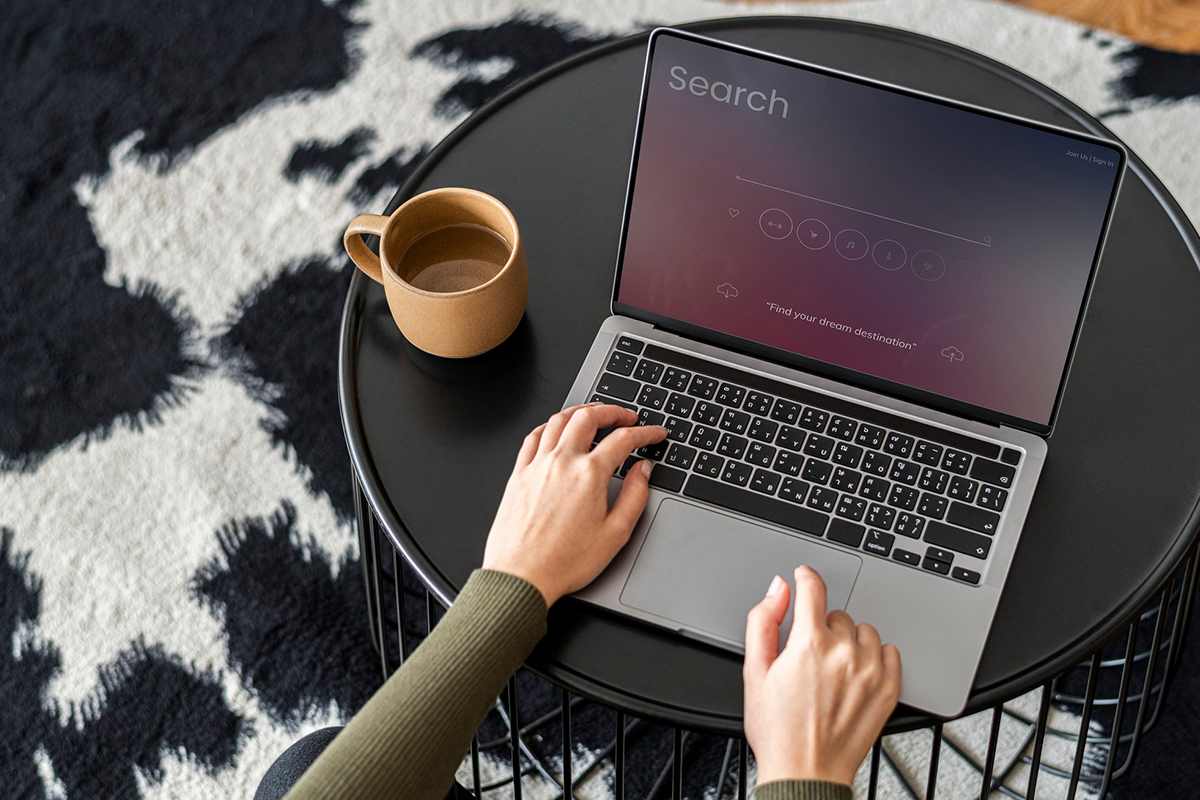When it comes to buying a laptop, many users strive to find the perfect balance between price and performance. Selecting an affordable yet powerful device can be challenging, given the wide range of models available on the market. To make an informed decision, it’s essential to consider key aspects such as technical specifications, brand reputation, and current promotions. Here’s what to focus on when purchasing a budget-friendly but high-performance laptop.
Defining Your Needs and Key Specifications
The first step in choosing a laptop is understanding how you plan to use it. The tasks you intend to perform will directly impact the specifications you should look for.
For Study and Work
If you need a laptop for office applications, web browsing, and video conferencing, models with Intel Core i3/i5 or AMD Ryzen 3/5 processors, 8GB of RAM, and an SSD of 256–512GB will be sufficient.
For Gaming and Creative Work
If you’re planning to play modern games or work with graphic design software, you should opt for a more powerful processor (Intel Core i5/i7 or AMD Ryzen 5/7), a dedicated graphics card (such as NVIDIA GTX 1650 or AMD Radeon RX 5500M), and at least 16GB of RAM.
For Travel
For frequent travelers, portability and battery life are crucial. Consider ultrabooks or models with energy-efficient processors and a battery life of up to 10 hours.
How to Avoid Overpaying for Performance
In the budget segment, it’s important to find a laptop that offers the best balance of price and features. To avoid paying extra for unnecessary functions, follow these tips:
Opt for a Previous Generation Processor
Older-generation processors like Intel Core 11th Gen or AMD Ryzen 4000 still handle most tasks effectively and are more affordable than the latest models.
Focus on an SSD Instead of HDD
Instead of choosing a laptop with a large HDD, go for one with an SSD, even if it has less storage capacity. An SSD significantly enhances the device’s speed and responsiveness.
Avoid Ultra-Thin Designs
Slim and lightweight laptops tend to be more expensive. If aesthetics aren’t a priority, opting for a bulkier model with similar specifications can save money.
Compare Brands
Brands like Lenovo, Acer, ASUS, and HP offer a wide selection of budget-friendly models. For instance, the Lenovo IdeaPad or Acer Aspire series are known for their reliability and affordability.
And don’t forget about discounts! Keep an eye out for seasonal sales, special promotions, and refurbished models. Sometimes, laptops with minor cosmetic defects (like scratches) are sold at a significant discount while maintaining full functionality.
Additional Factors: Display, Ports, and Battery Life
Technical specifications aren’t the only factors to consider; additional features can greatly impact user convenience.
Display
For budget laptops, a Full HD (1920×1080) display is an optimal choice. Models with higher resolutions are often more expensive, and the difference may not be significant for everyday use. Also, opt for an IPS panel to ensure better viewing angles and color accuracy.
Ports and Connectivity
Check if the laptop has essential ports such as USB Type-C, HDMI, and an SD card slot. This will save you from needing additional adapters later.
Battery Life
Budget laptops often come with lower-capacity batteries. Verify the manufacturer’s claimed battery life and read user reviews to get a realistic estimate.
Keyboard and Touchpad
For work and study, a comfortable typing experience is crucial. Ensure the keyboard has soft keys with enough key travel, and that the touchpad is responsive and accurate.
Choosing a budget-friendly yet powerful laptop requires careful attention and analysis. Understanding your needs, wisely allocating your budget, and focusing on key specifications will help you find the perfect device. Don’t forget to read reviews, compare prices, and take advantage of promotions—this will significantly increase your chances of getting a great laptop at an affordable price.


